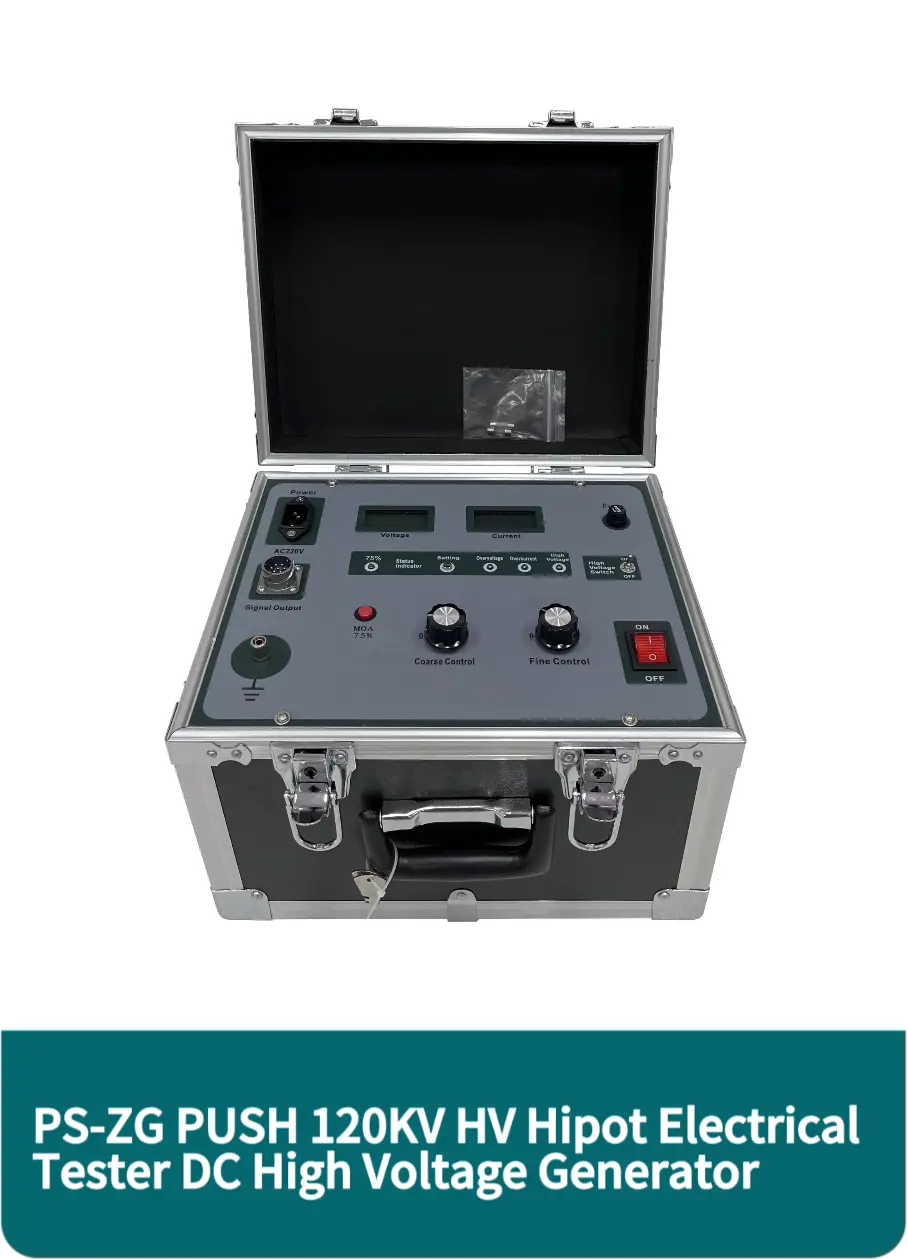TEL:
+86-0312-3189593
 English
English

Telephone:0312-3189593

Email:sales@oil-tester.com

-
 Afrikaans
Afrikaans -
 Albanian
Albanian -
 Amharic
Amharic -
 Arabic
Arabic -
 Armenian
Armenian -
 Azerbaijani
Azerbaijani -
 Basque
Basque -
 Belarusian
Belarusian -
 Bengali
Bengali -
 Bosnian
Bosnian -
 Bulgarian
Bulgarian -
 Catalan
Catalan -
 Cebuano
Cebuano -
 China
China -
 China (Taiwan)
China (Taiwan) -
 Corsican
Corsican -
 Croatian
Croatian -
 Czech
Czech -
 Danish
Danish -
 Dutch
Dutch -
 English
English -
 Esperanto
Esperanto -
 Estonian
Estonian -
 Finnish
Finnish -
 French
French -
 Frisian
Frisian -
 Galician
Galician -
 Georgian
Georgian -
 German
German -
 Greek
Greek -
 Gujarati
Gujarati -
 Haitian Creole
Haitian Creole -
 hausa
hausa -
 hawaiian
hawaiian -
 Hebrew
Hebrew -
 Hindi
Hindi -
 Miao
Miao -
 Hungarian
Hungarian -
 Icelandic
Icelandic -
 igbo
igbo -
 Indonesian
Indonesian -
 irish
irish -
 Italian
Italian -
 Japanese
Japanese -
 Javanese
Javanese -
 Kannada
Kannada -
 kazakh
kazakh -
 Khmer
Khmer -
 Rwandese
Rwandese -
 Korean
Korean -
 Kurdish
Kurdish -
 Kyrgyz
Kyrgyz -
 Lao
Lao -
 Latin
Latin -
 Latvian
Latvian -
 Lithuanian
Lithuanian -
 Luxembourgish
Luxembourgish -
 Macedonian
Macedonian -
 Malgashi
Malgashi -
 Malay
Malay -
 Malayalam
Malayalam -
 Maltese
Maltese -
 Maori
Maori -
 Marathi
Marathi -
 Mongolian
Mongolian -
 Myanmar
Myanmar -
 Nepali
Nepali -
 Norwegian
Norwegian -
 Norwegian
Norwegian -
 Occitan
Occitan -
 Pashto
Pashto -
 Persian
Persian -
 Polish
Polish -
 Portuguese
Portuguese -
 Punjabi
Punjabi -
 Romanian
Romanian -
 Russian
Russian -
 Samoan
Samoan -
 Scottish Gaelic
Scottish Gaelic -
 Serbian
Serbian -
 Sesotho
Sesotho -
 Shona
Shona -
 Sindhi
Sindhi -
 Sinhala
Sinhala -
 Slovak
Slovak -
 Slovenian
Slovenian -
 Somali
Somali -
 Spanish
Spanish -
 Sundanese
Sundanese -
 Swahili
Swahili -
 Swedish
Swedish -
 Tagalog
Tagalog -
 Tajik
Tajik -
 Tamil
Tamil -
 Tatar
Tatar -
 Telugu
Telugu -
 Thai
Thai -
 Turkish
Turkish -
 Turkmen
Turkmen -
 Ukrainian
Ukrainian -
 Urdu
Urdu -
 Uighur
Uighur -
 Uzbek
Uzbek -
 Vietnamese
Vietnamese -
 Welsh
Welsh -
 Bantu
Bantu -
 Yiddish
Yiddish -
 Yoruba
Yoruba -
 Zulu
Zulu
febr. . 10, 2025 10:32
Back to list
PS-YC115 On-Load Tap-Changer Tester
Load testing in transformers is a critical procedure in the electrical engineering industry, ensuring equipment reliability and efficiency. It evaluates the performance of transformers under simulated operational conditions, guaranteeing they can handle anticipated workloads without failure. This not only extends the life of the transformer but also helps prevent costly downtime and maintenance.
As organizations strive for sustainability, transformer efficiency becomes a focal point. Load testing aids in identifying energy losses, facilitating necessary modifications for improved efficiency. This aspect is crucial as regulatory authorities worldwide impose stringent energy efficiency standards. Transformally proficient engineering teams can leverage their knowledge to ensure transformers meet legal requirements while delivering optimal performance. The process of load testing enhances trust in transformer products. Manufacturers who invest in thorough testing demonstrate a commitment to quality and reliability, which can significantly impact market reputation. When customers see that a transformer has undergone rigorous and detailed load testing, they feel assured of its dependability. Trustworthiness here hinges on transparency and the accuracy of test results, requiring manufacturers to provide comprehensive, clear reports from testing procedures. In developing and improving transformer products, authoritativeness in load testing comes from acknowledging industry standards and state-of-the-art technologies. Leading institutes and professionals publish guidelines and research papers that become benchmarks for conducting effective load tests. Staying aligned with these authoritative sources not only fortifies a manufacturer's credibility but also ensures the utilization of best practices in every testing phase. Load testing in transformers is more than just a mandatory procedure; it is an integral part of product excellence and customer assurance. Expertise and experience, combined with an authoritative approach and a trustworthy process, elevate the standards of transformer performance and reliability. Manufacturers who adopt these principles in load testing advance their position in the market, fostering development in electrical engineering technologies.


As organizations strive for sustainability, transformer efficiency becomes a focal point. Load testing aids in identifying energy losses, facilitating necessary modifications for improved efficiency. This aspect is crucial as regulatory authorities worldwide impose stringent energy efficiency standards. Transformally proficient engineering teams can leverage their knowledge to ensure transformers meet legal requirements while delivering optimal performance. The process of load testing enhances trust in transformer products. Manufacturers who invest in thorough testing demonstrate a commitment to quality and reliability, which can significantly impact market reputation. When customers see that a transformer has undergone rigorous and detailed load testing, they feel assured of its dependability. Trustworthiness here hinges on transparency and the accuracy of test results, requiring manufacturers to provide comprehensive, clear reports from testing procedures. In developing and improving transformer products, authoritativeness in load testing comes from acknowledging industry standards and state-of-the-art technologies. Leading institutes and professionals publish guidelines and research papers that become benchmarks for conducting effective load tests. Staying aligned with these authoritative sources not only fortifies a manufacturer's credibility but also ensures the utilization of best practices in every testing phase. Load testing in transformers is more than just a mandatory procedure; it is an integral part of product excellence and customer assurance. Expertise and experience, combined with an authoritative approach and a trustworthy process, elevate the standards of transformer performance and reliability. Manufacturers who adopt these principles in load testing advance their position in the market, fostering development in electrical engineering technologies.
Previous:
Latest news
-
Testing Equipment Industry Sees Major Advancements in 2025: Smart & Precision Technologies Lead the WayNewsJun.06,2025
-
Applications of Direct Current Generators in Renewable Energy SystemsNewsJun.05,2025
-
Hipot Tester Calibration and Accuracy GuidelinesNewsJun.05,2025
-
Digital Circuit Breaker Analyzer Features and BenefitsNewsJun.05,2025
-
Benefits of Real-Time Power Quality Monitoring Devices for Industrial EfficiencyNewsJun.05,2025
-
Earth Fault Loop Testing in High-Rise Building Electrical SystemsNewsJun.05,2025



